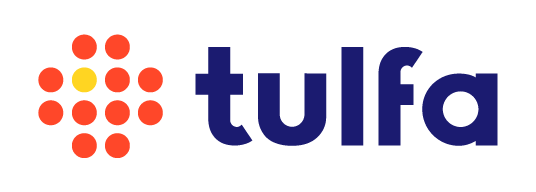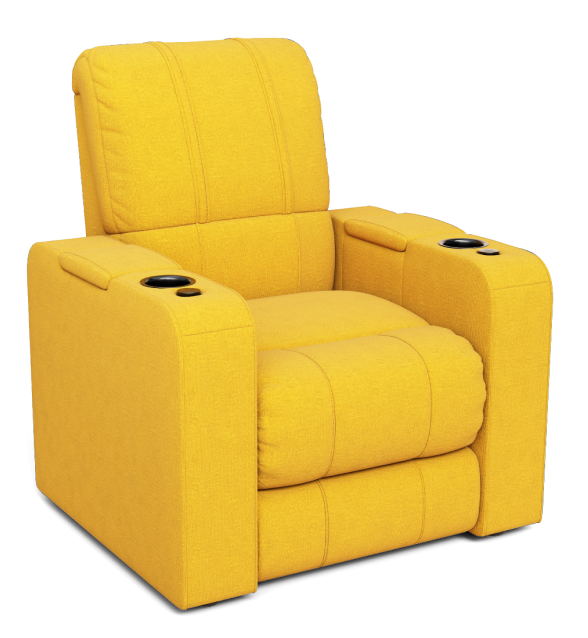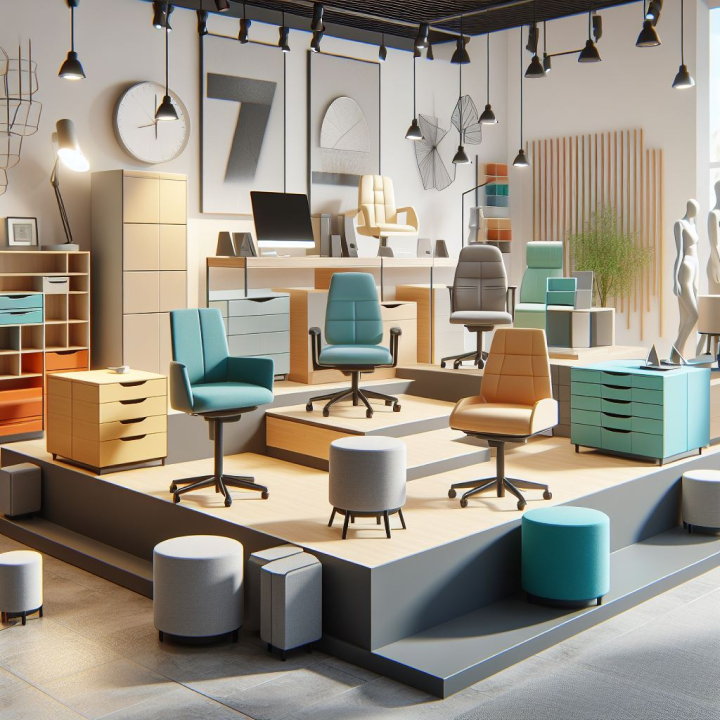3D product printing is revolutionizing product prototyping and the manufacturing industry. This advanced technology is not only reinventing how things are designed and created, but also transforming how business is done. 3D printing technology continues to gain popularity because the prototypes it produces are more flexible and cost efficient. Creating realistic prototypes is essential to accurately reflect how a product will look before it is produced.
3D printing quickly fabricates prototypes and models using a resin material. Within a few hours, a model can be printed, and manufacturers can decide if a product is suitable or needs more refinement. Using this technology, it is much easier to refine designs and prototypes multiple times. 3D printing offers several advantages over traditional manufacturing by putting imagination and innovation into the hands of more companies. Let’s look at five ways in which 3D printing helps in smoothing the process of prototyping.
Reduced Waste
In present times, reducing our carbon footprint has become a top priority for companies across the globe. Traditional manufacturing is very exhaustive in terms of cost, time, materials, and effort. Many materials are wasted by companies using conventional manufacturing processes. With 3D printing, this percentage is decreased, which results in the reduction of labor, time, and cost. 3D product prototyping makes this possible in three ways:
3D printers save energy, as they require less power to run.
Building and testing a 3D product prototype requires fewer materials, wasting less.
3D printing software allows you to design, modify, and even re-create models virtually. This results in decreased manual labor, cost, and time.
Increased Innovation
The traditional prototyping process demands the assembly of various parts. For that, manufacturers need design elements and specifications of every single part of the prototype. After designing, all pieces must fit together. If there is one flaw in the assembly, the whole process must be repeated. However, 3D printing makes the prototyping process quite simple. It produces prototypes from a single piece of material, so there is no requirement for individual parts to be separately created and constructed.
This technology significantly reduces the time and effort that engineers could use on other details of the design. They can create multiple prototypes in the same amount of time it would take to create one traditional prototype, all without impairing the efficiency of the manufacturing process.
Faster, More Cost-Effective Prototypes
With conventional printing, there are many limitations when producing viable prototypes, whether it be materials, design accuracy, or the cost of creating the prototype. 3D printing, along with the advances in other industry technology, makes it possible to produce high-quality prototypes at a fraction of the cost and time. The several specialist processes that traditional manufacturing involves are not flexible. For example, injection molding and die casting processes require specific machinery and operation processes. 3D printing, on the other hand, is much more versatile.
This advanced printing solution is capable of single-handedly accomplishing a variety of tasks that would otherwise require a specialized machine. These printers are not restricted to building just one prototype but can create several 3D printed prototypes without changing any arrangements.
Simplified Design Process
There are many constraints associated with traditional methods of product prototyping. Since the process is divided into various stages, every step must be carefully checked to ensure that they are coherent. These prototypes are generally created from materials like that of the actual product. Considering these factors, these prototypes tend to have inconsistencies and are never a true iteration of the original product.
These aspects prove the advantages 3D product prototyping has over its traditional counterpart. With 3D printing, a complete prototype is created and rendered in a single step using a digital thread, so there is no need to break the process into steps. Any inconsistencies can easily be modified using the product rendering software and reprinted.
Manufacturing as a Service (MaaS)
Like Software as a Service (SaaS), another service that is gaining popularity is Manufacturing as a Service (MaaS). It was previously just a theoretical concept until the development of 3D product prototyping. Because of this technology, companies have started to model their business to deal with multiple clients and generate various designs concurrently.
With the advent of 3D product prototypes, this deviation has become a viable reality. Using multiple 3D printers, a company can now take on more than one project and execute them with ease and efficiency by employing rapid tooling services. This gives companies a more diverse product catalog, enabling them to cater to a broader market.
The primary aim of any business is to stay ahead of the competition in their niche. The furniture industry significantly benefits from 3D printing because it helps companies save valuable time and money. 3D product prototyping empowers furniture manufacturers to streamline their process of development, decrease their time spent, and improve their overall output. The benefits of 3D printer prototypes become increasingly undeniable as more and more businesses choose it over conventional manufacturing methods.
Learn more about our 3D services.



